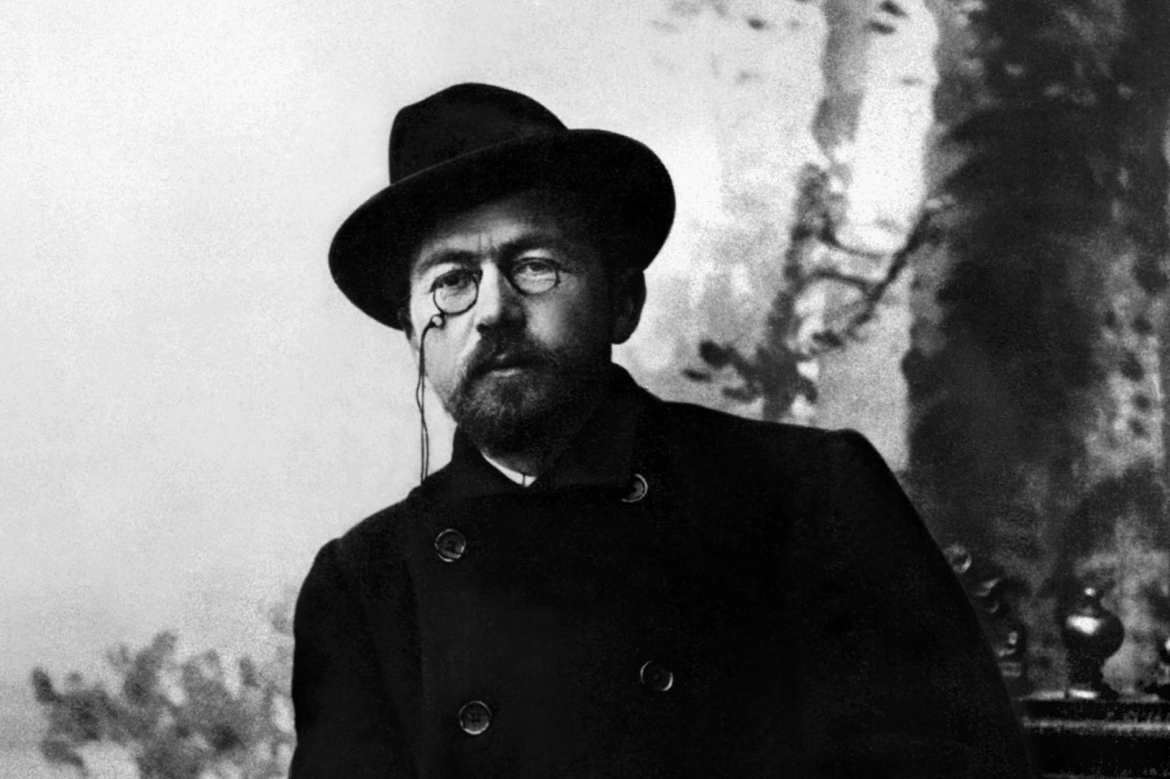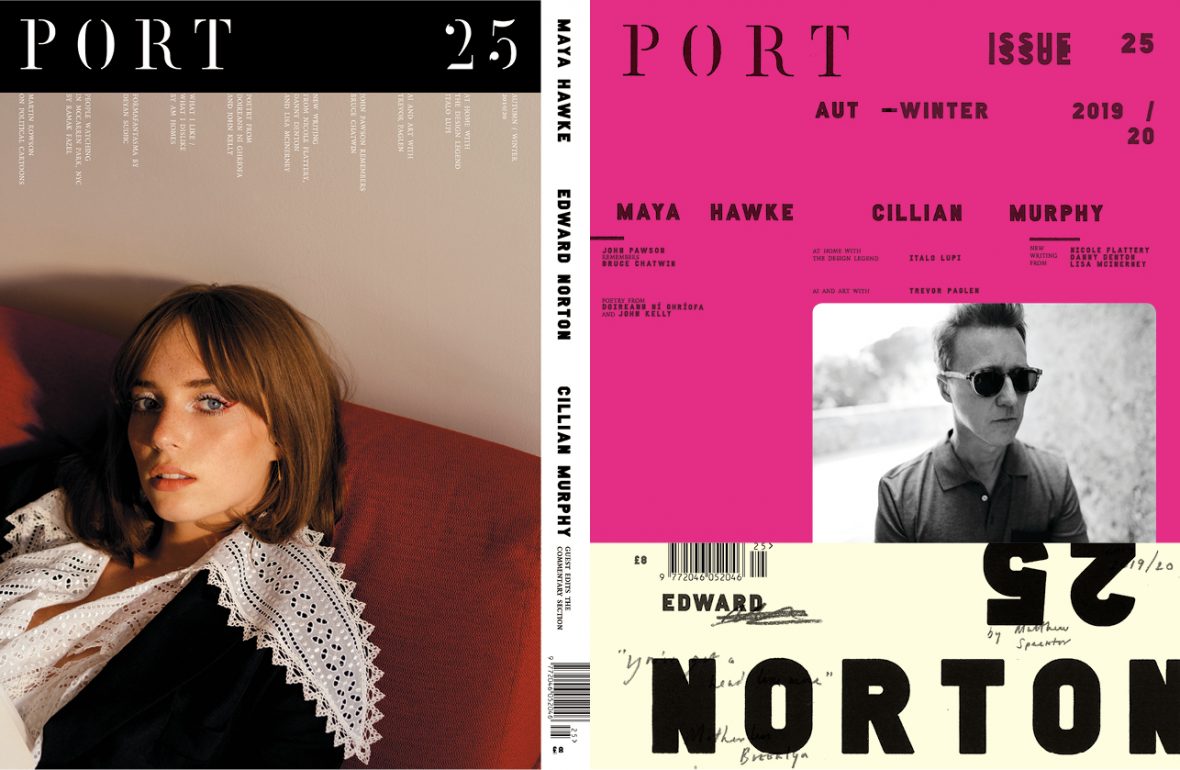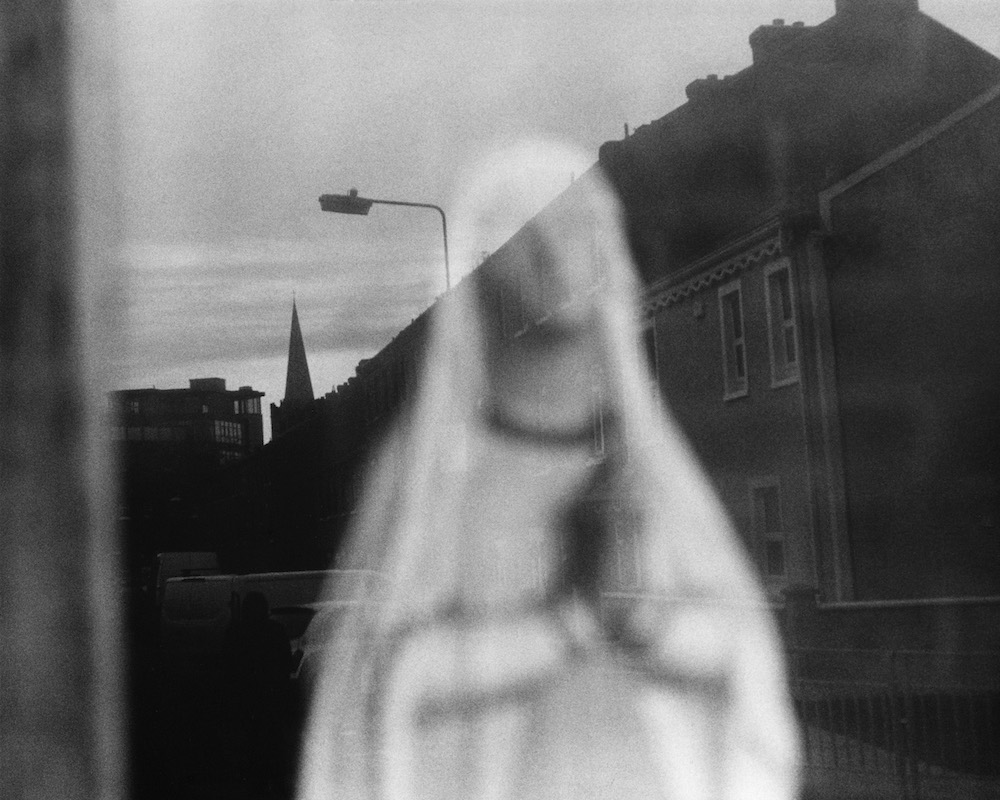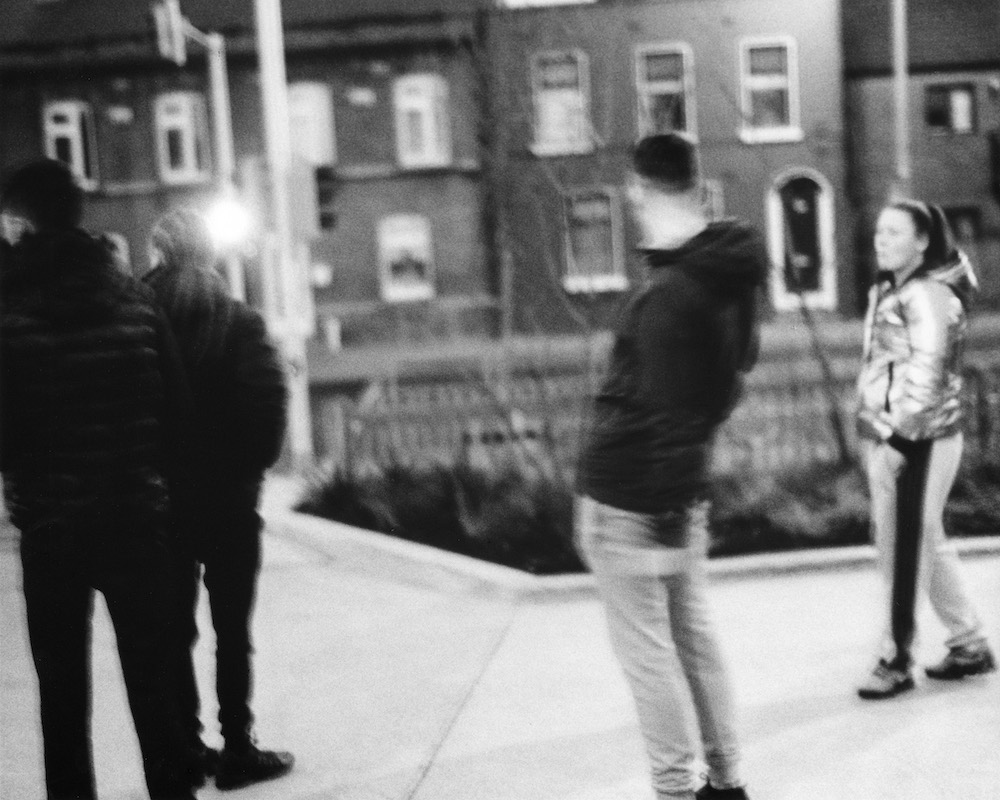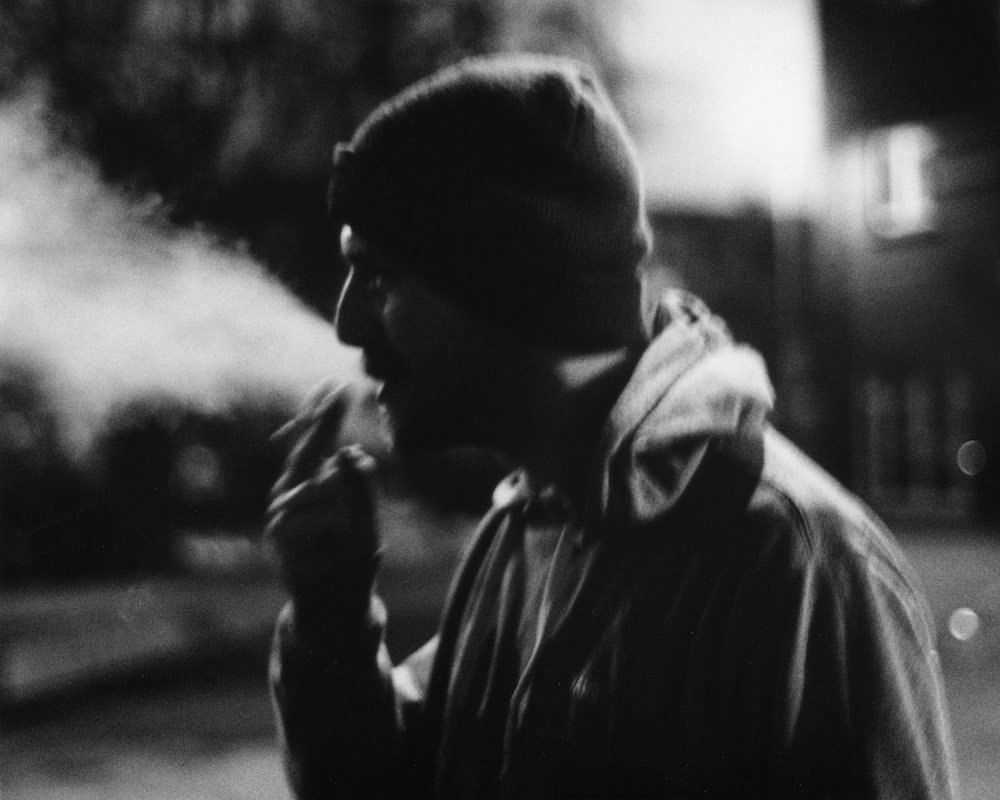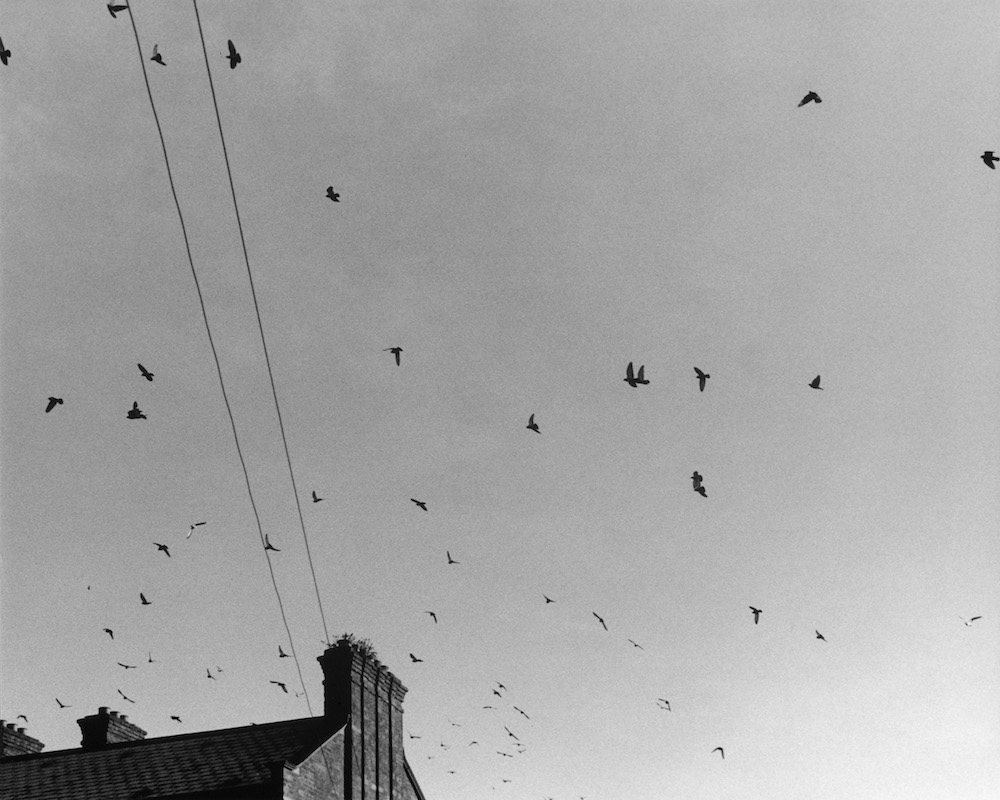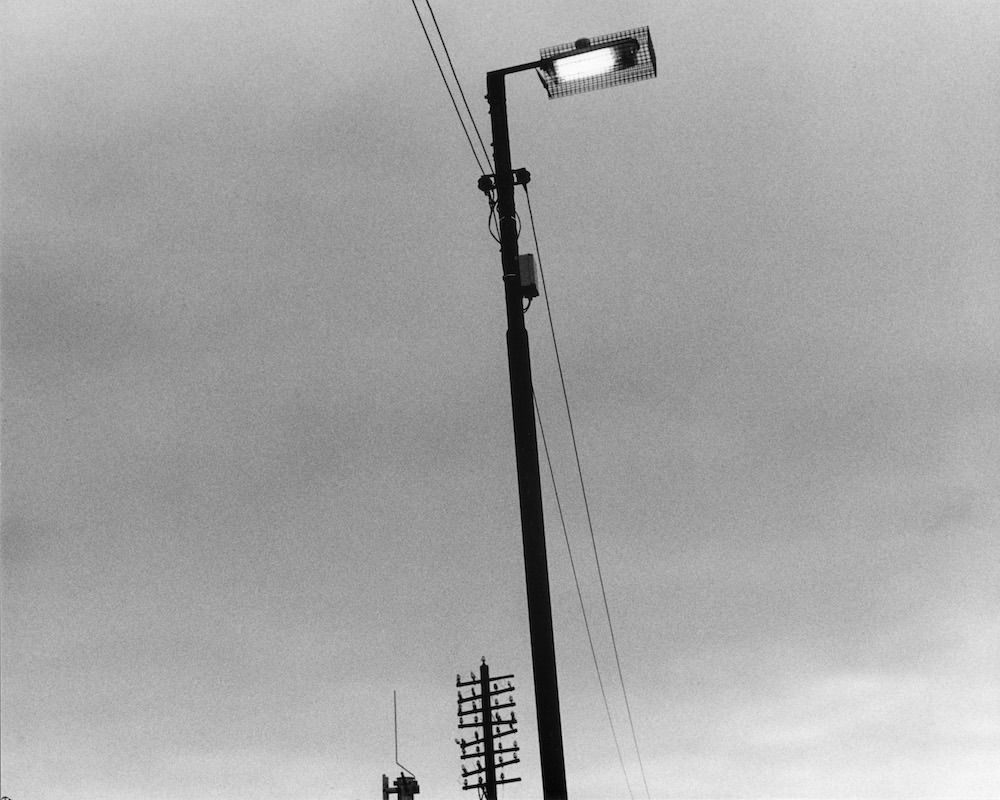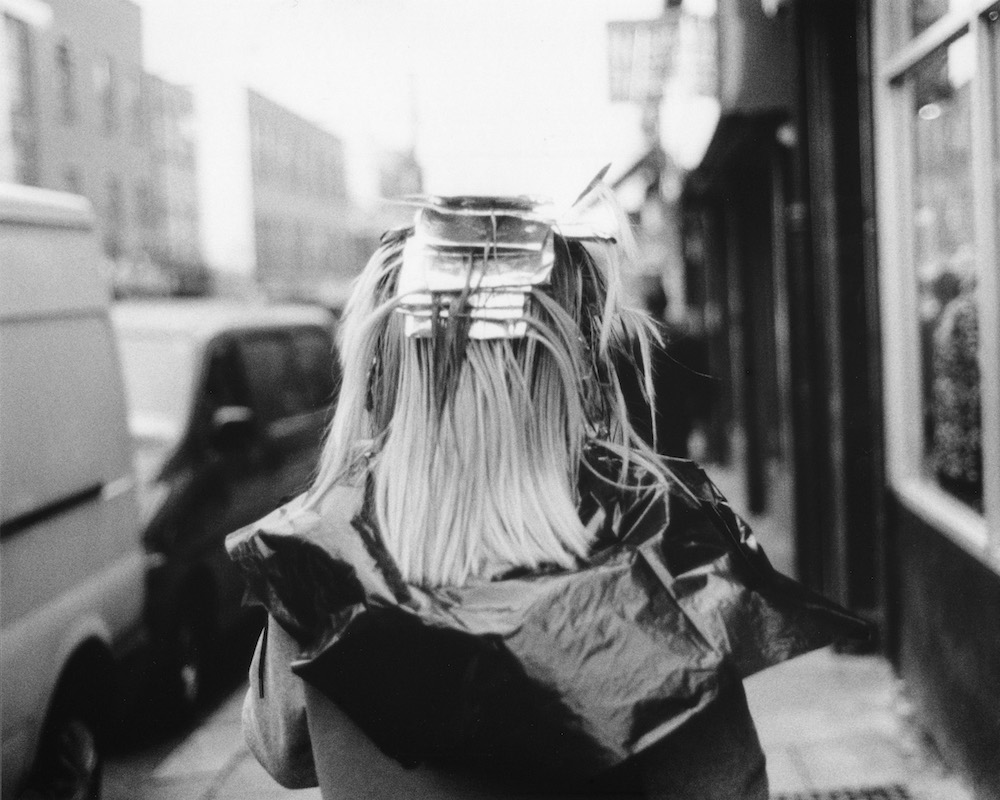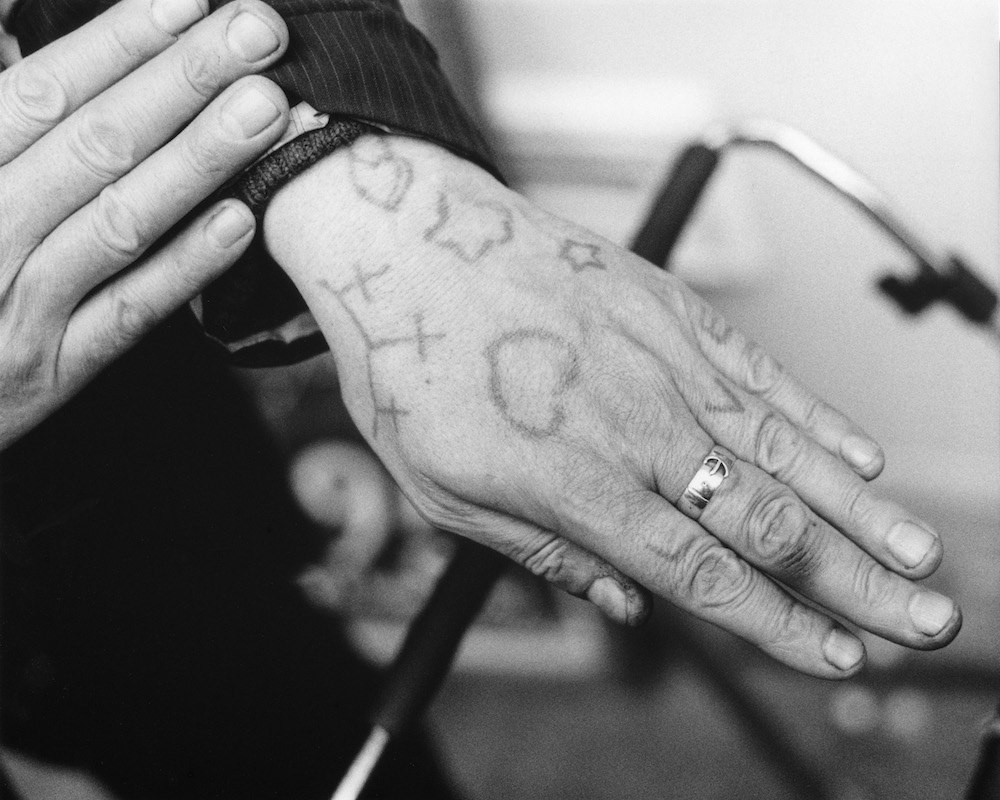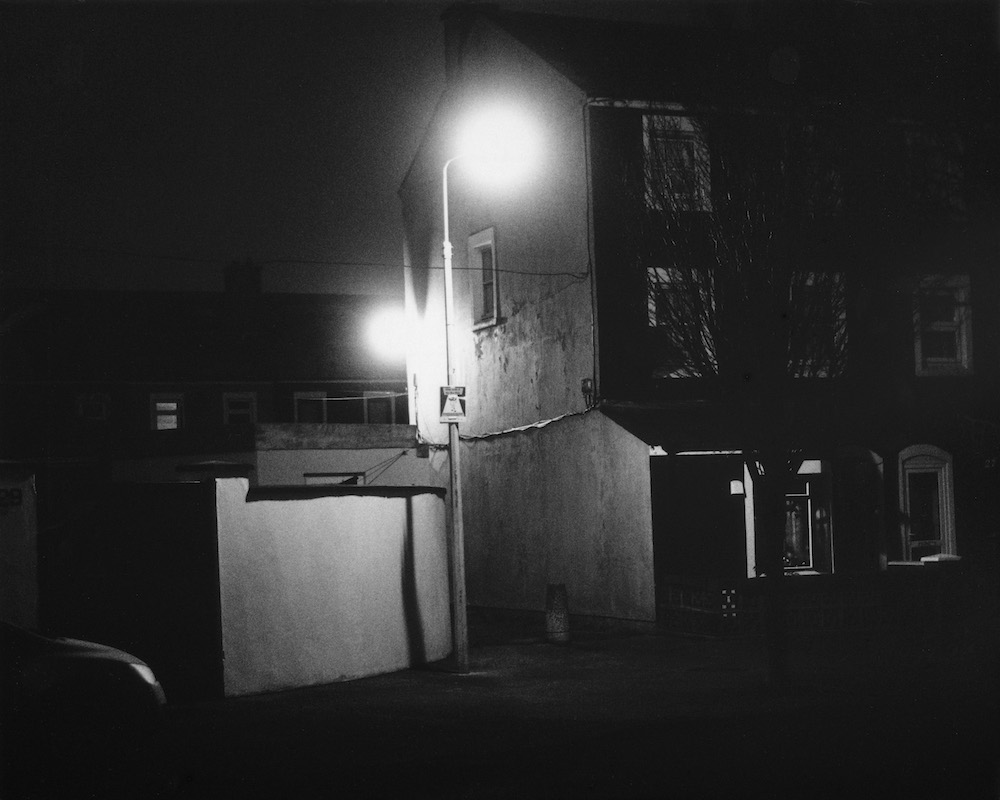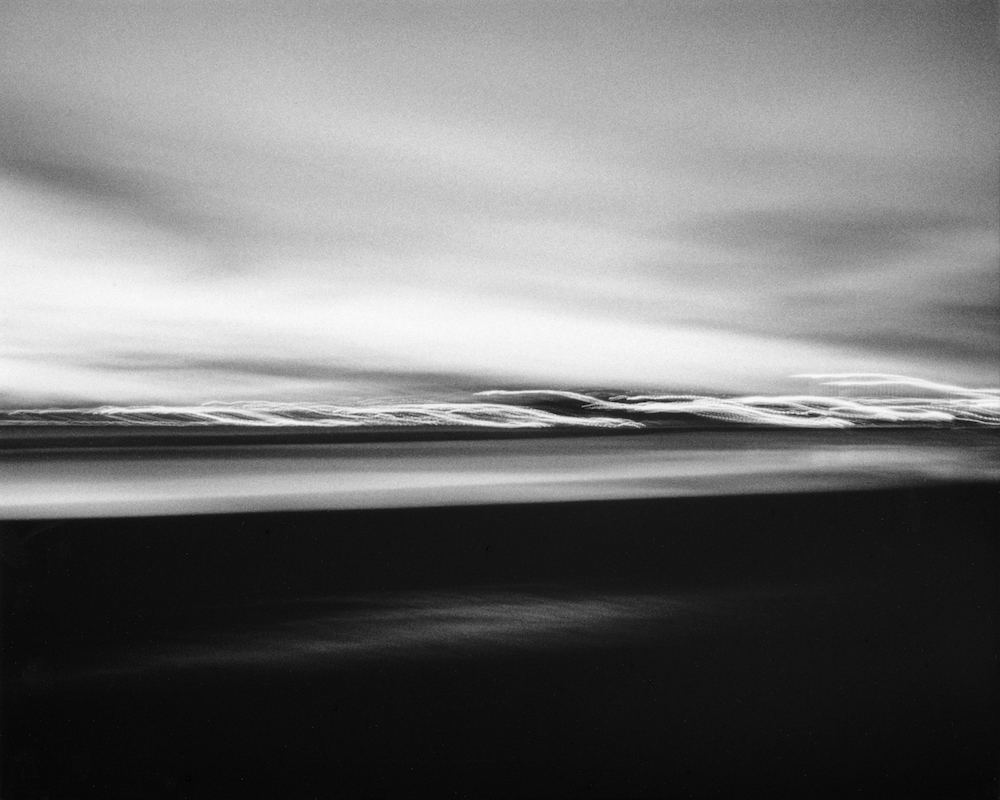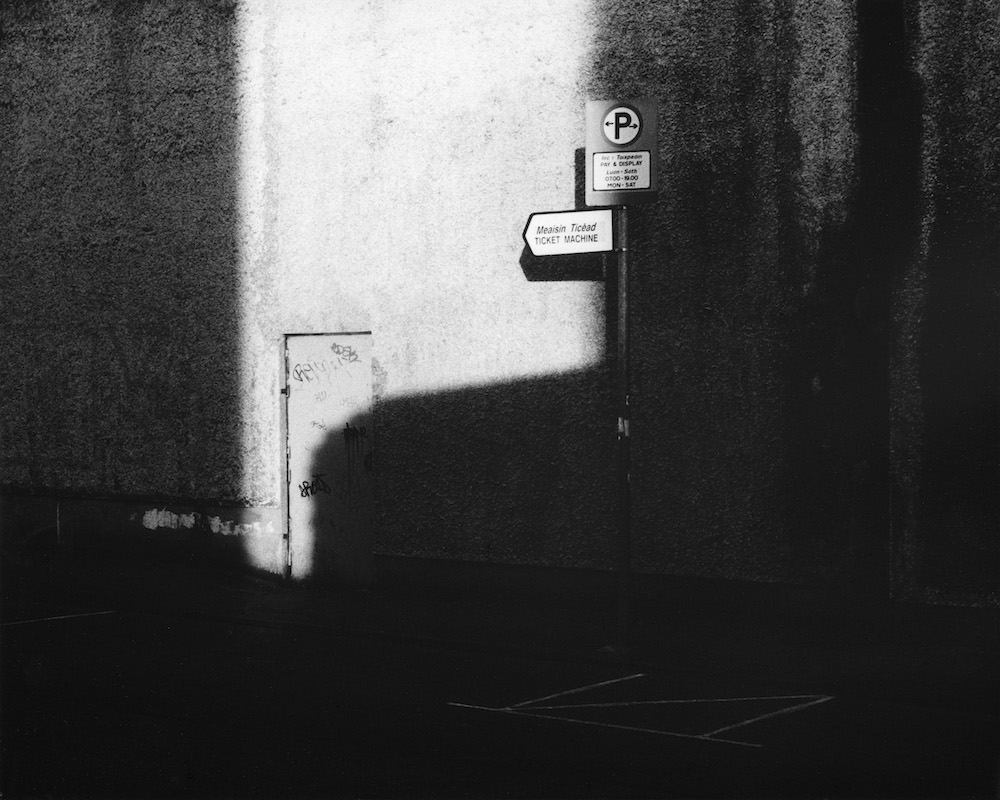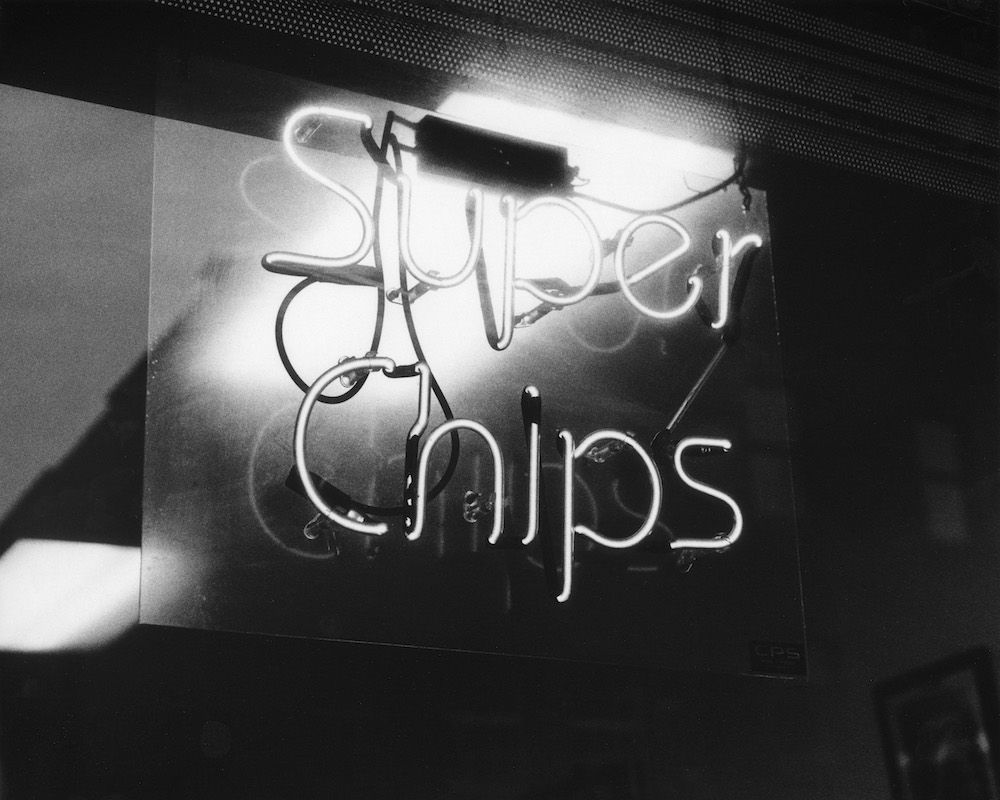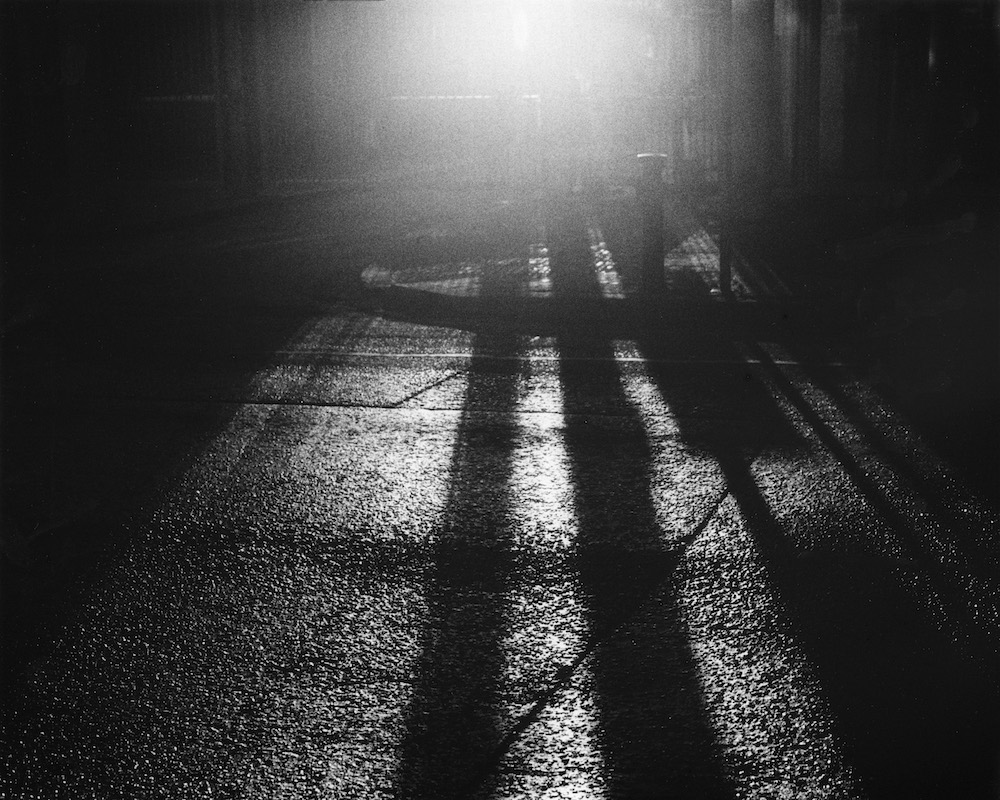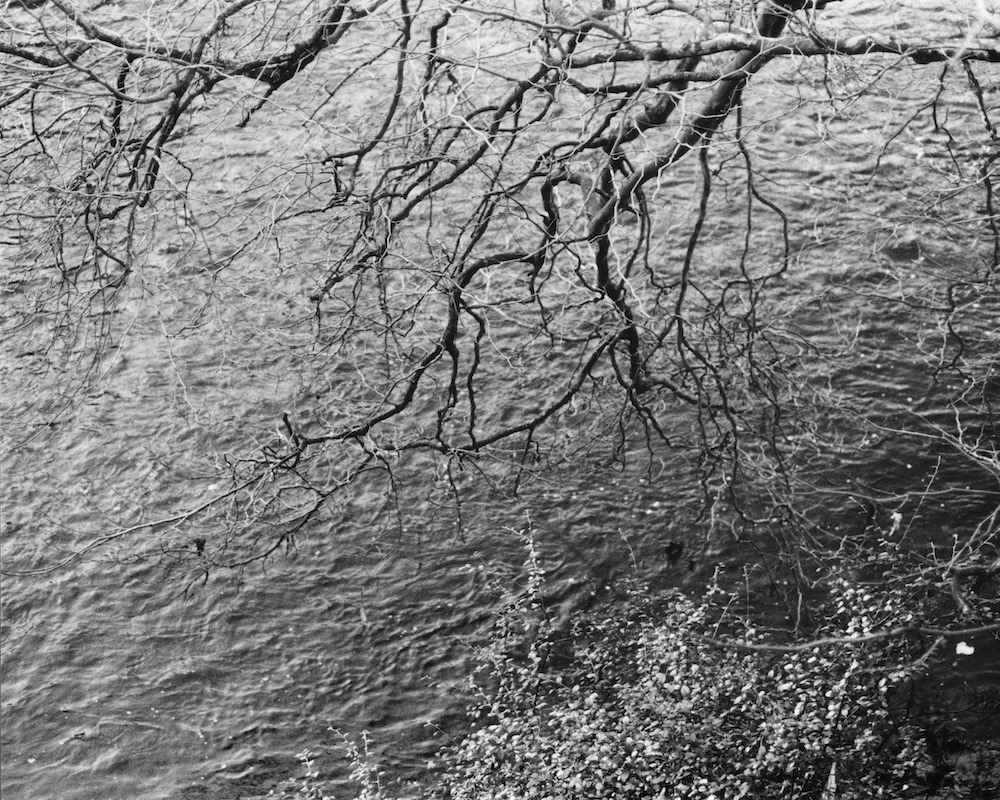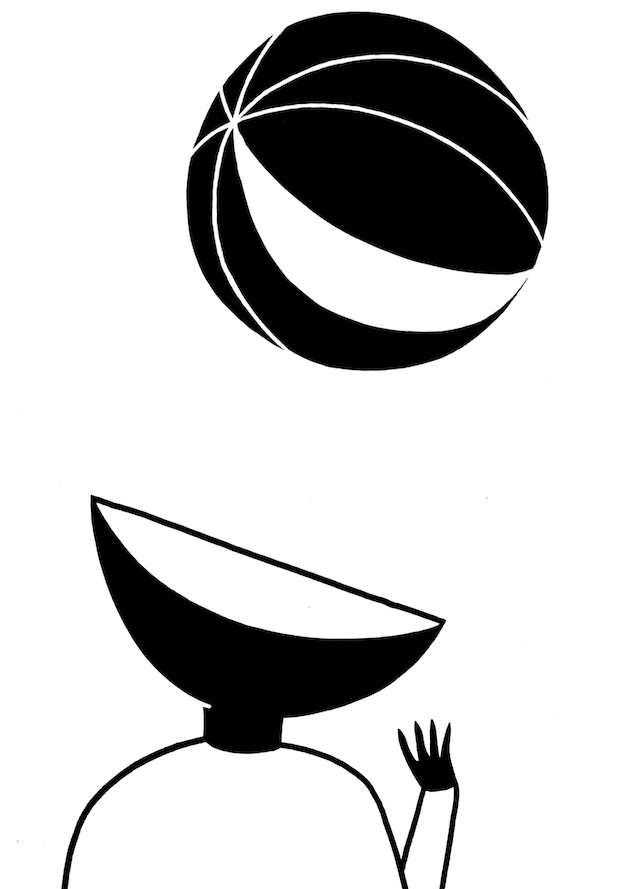Purgatory and Paradise: Acclaimed artist Tacita Dean reflects on her debut design work for Wayne McGregor’s balletic interpretation of Dante’s The Divine Comedy. From Issue 29
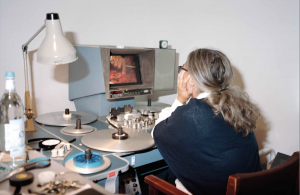
Tacita Dean is gently cutting strips of paper in her Berlin studio. As we talk, looking into our respective screens, scissors snip, and she sticks schedules into an already-bulging notebook ready for her upcoming trip: New York then London. “Everything that I was supposed to do in the last two years has been put into the last two months, so it’s been a nightmare.” Like many of us, she’s weary, but she’s been anything but idle in lockdown. I’m speaking to the award-winning artist in the run-up to her highly anticipated debut as set and costume designer for Wayne McGregor’s interpretation of The Divine Comedy, which opens at the Royal Opera House this October. The Dante Project, originally planned for May 2020, has been long in the making. “I had perhaps historically thought of working, one day in my life, on a stage, for a stage,” she muses. “It wasn’t an active ambition; it was more of a passive one, so when he did approach me, well, I was up for trying anything once!”
McGregor first asked Dean to work on Woolf Works, inspired by the life and writings of Virginia Woolf, but scheduling made the collaboration impossible. When he approached her the second time, she accepted gladly: “I think in a weird way The Dante Project suited me more.” She’d never read The Divine Comedy, but “there’s an amount of osmosis”, she theorises, smiling. As she worked, she listened over and over again to the audiobook, read by the poet Heathcote Williams. The subject fascinated her: “It has all the ingredients of things that interest me, and purgatory is a state that informs my work. I was a Roman Catholic, so there’s that element to it too.”
Much of Dean’s art deals with exploring the mysteries of life, the unseen world, the limits of things (‘Disappearance at Sea’, 1996), an eclipse (‘Antigone’, 2018), the elusive green ray (‘The Green Ray’, 2001). “I work a lot with travelling in a way, the voyage, the crossing or passage; that aspect was also very interesting to me, and in terms of mediums that was very important.” She describes how she approached the whole ballet as a travelling through the three states of the text, using three different mediums to explore and differentiate between them: “through negative to positive, from black-and-white to colour, from representation to abstraction. I went through the whole gambit.” These spectrums map out a fascinating voyage of their own in Dean’s visual language, tracking the development of her own career, from smudged lines of chalk to rolls of flickering 35mm film. Divided into the three acts of Inferno, Purgatorio, and Paradiso, as resident choreographer McGregor worked with the Royal Ballet on movement and Thomas Adès on the specially commissioned composition, Dean’s set designs came before anything else. “I was really out there alone. So I struggled initially, and I was very self-conscious about it. Then at a certain point I thought, well I just have to do what I do rather than worrying, and as soon as I got to that phase it got much easier for me.” For Inferno she took her cue from Dante. “Hell is cold, which is not how we perceive it; we always think about it as hot – Dante made me think of ice.” Dean returned to her earliest work with chalk, painting large wooden boards with blackboard paint. These became her canvas for a huge landscape with jagged edges, yet rather than simply draw ice in white chalk she chose to draw it in negative. “I could have flipped it digitally; I just knew that psychologically I needed to put myself through the difficulty of drawing. I did an upside-down mountain range.” Dean drew the work back in 2019, listening to discussions of Brexit post-referendum and the proroguing of parliament, with similar political traumas occurring in America. As she worked she found herself writing names into the piece, though most were smudged away: “The only name I kept visible was Mitch McConnell.” For the dancers, sin became a white stain. “I sprayed on chalk in relation to their various sins, so thieves had chalked hands, and Paolo and Francesca have genitals in chalk.” As the dancers move they will transfer this chalk to each other and a dark circle on the floor will fill with the echo of their movements, sin spreading and hell growing at each touch.
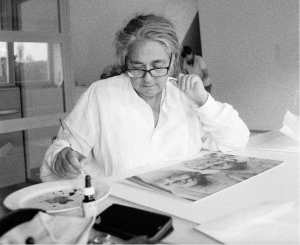
For Purgatorio Dean printed a negative image as positive. “You can’t escape hell,” she observes. “You can escape purgatory, through labour, through people praying for you on Earth; there are ways of petitioning. You can rise further up purgatory, but I just saw it as a very static image on the stage that was also a transitional state.” Dean chose the image of a jacaranda tree, a common sight in southern California, near her studio in Los Angeles, famed for its purple flowers, and transformed it into an “otherworldly green”, with the 10 x 8 negative thrown into positive. “[It] means it’s got some strangeness to it, with the whole of LA in negative in the background but whited out with crayon.” Sitting on a bare stage it acts as a freeze-frame, the trunk’s bark like skin, wrinkled yet somehow ageless – an eerie presence, a stasis in which the dancers must roam. When she first heard the music by Adès she was stunned: “It was magical. I thought, oh my god this is like attending The Rite of Spring… It’s so emotional; I don’t think there’ll be a dry eye in the house.”
Inferno premiered in July 2019 at the Dorothy Chandler Pavilion in Los Angeles, and seeing her first set come to life left an impression. “I can see why people get hooked on working live, because there are things that happen… You encounter the reception in a very visceral way; you have to meet your audience.” As an artist she’s aware of the distance she’s usually afforded: “How people think or how they behave at an opening is not remotely what is really going on, but when it’s an audience you feel the response is spontaneous, people clap… You can hear a visible intake of breath, and that is real.” She pauses, almost melancholic, “You never really get that in the art world, that’s not what we trade in, that reaction, that reality. That physical moment is new for me, and that’s both exhilarating and terrifying.” She checks herself, “I want to go back to my world where I don’t have to encounter anybody.” Did she enjoy lockdown then? “We’ve had our own purgatory I think, but it’s now the 700th anniversary of Dante, which it wasn’t when we were initially supposed to do it, so that’s useful as a sort of hook, and a bit of time has been helpful. What the delay has given is a context larger than Dante… all these generic words that we have in our language: This period has been ‘hell’, and we’ve all definitely been in ‘purgatory’ waiting. These terminologies have taken on a whole new meaning because of the pandemic.”
I ask her what the stages of Dante’s afterlife mean to her. “I think we know what hell is really,” her face freezes for a moment. “Hell is physical pain.” She’s put the scissors down, hands clasped in front of her mouth. “Purgatory is more emotional pain, emotional regret, and paradise… Well, paradise is to be without a body.” It’s a sentence that stings; Dean has suffered from rheumatoid arthritis for years.
The elusiveness of Paradiso made it a difficult stage to set, “We all much prefer watching iniquity,” she notes dryly. “Paradise is formless, isn’t it? Whereas the other two are very much a trajectory.” Echoing this amorphousness for the LA premiere, she created an abstract film in a photo studio in Burbank: “There’s no safety in film; there’s no safety in dance, either; people slip, so it’s just bringing another live element to the whole thing.” Despite her worries she makes light of it: “It’s just shape and form and colour, so I’m briefly turning the opera house into a cinema.” Inspired by William Blake’s iconic illustrations of Dante, she made light filters with several different layers of colour: “I really wanted that muddy richness, which is what Blake had, not pure colour at all.” She cut the film listening to Adès’s composition, “It’s really weird: Every time I have to remember how to do it, I can never remember. I think it’s obviously self-imposed, but I get a sort of amnesia. I have to reinvent my process; so I’m not overawed by my past – I don’t remember it.” Where does one even start on a project like this, I ask? “You start in the wrong place; that’s what happens,” she muses. “That’s always the way, and you know it’s the wrong place in your heart of hearts, and that eventually trips you out of it; you realise, that’s not me.”
